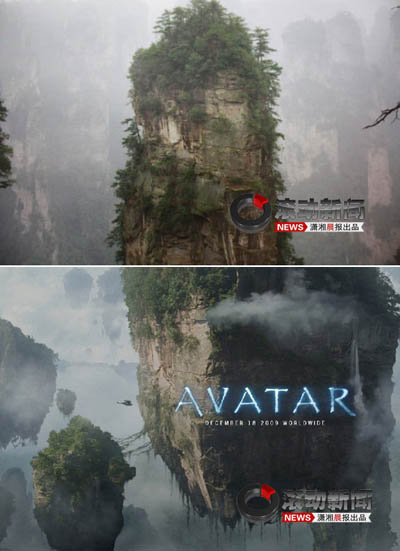Society
Peaks' name change 'not due to Avatar'
(China Daily)
Updated: 2010-01-28 09:14
 |
Large Medium Small |
In response to the increasing criticism on the renaming of its mountain peaks, tourism bureau officials in Zhangjiajie, Hunan province, said the name was not changed due to the movie Avatar.
"The civil spontaneous action to rename the peak just shows that Zhangjiajie is protecting its own authority and special value as a World Natural Heritage," Ding Yunyong, director of the city's tourism bureau, said yesterday.
|
||||
The quartz sandstone pillar is strikingly similar to the kind seen in the Hallelujah Mountains in Avatar, which this week became the first film to earn more than $100 million in China.
However, the renaming has drawn intense criticism online.
The "South Pillar of the Heaven", about 150 meters above the ground at a height of 1,074 meters above sea level, is a famous scenic attraction.
|
|
During a recent visit to China, the film's director, James Cameron, said the floating peaks were modeled after Huangshan Mountain in Anhui Province.
However, Deng Daoli, a local resident who has worked at the Wulingyuan national park for years, pointed out the Huangshan mountains are actually granite, and that the photographs seemed to show that the model for the Avatar mountains was the Zhangjiajie pillars.
An official with the Ministry of Housing and Urban-Rural Development regarded the issue as a mere hype.
"It's nothing but sensationalization," Li Rusheng, deputy director of the Urban Construction Department of the ministry, said at a press conferenceon Tuesday.
Ding said that the local residents and the scenic management decided to label the peak as the Hallelujah in an effort to tell the truth that Zhangjiajie is the prototype of the mountains in Avatar.
"They are using the facts to protect our mountains' authority and promote the tourism brand. It is definitely not giving up our cultural roots for blind faith in a foreign movie."










